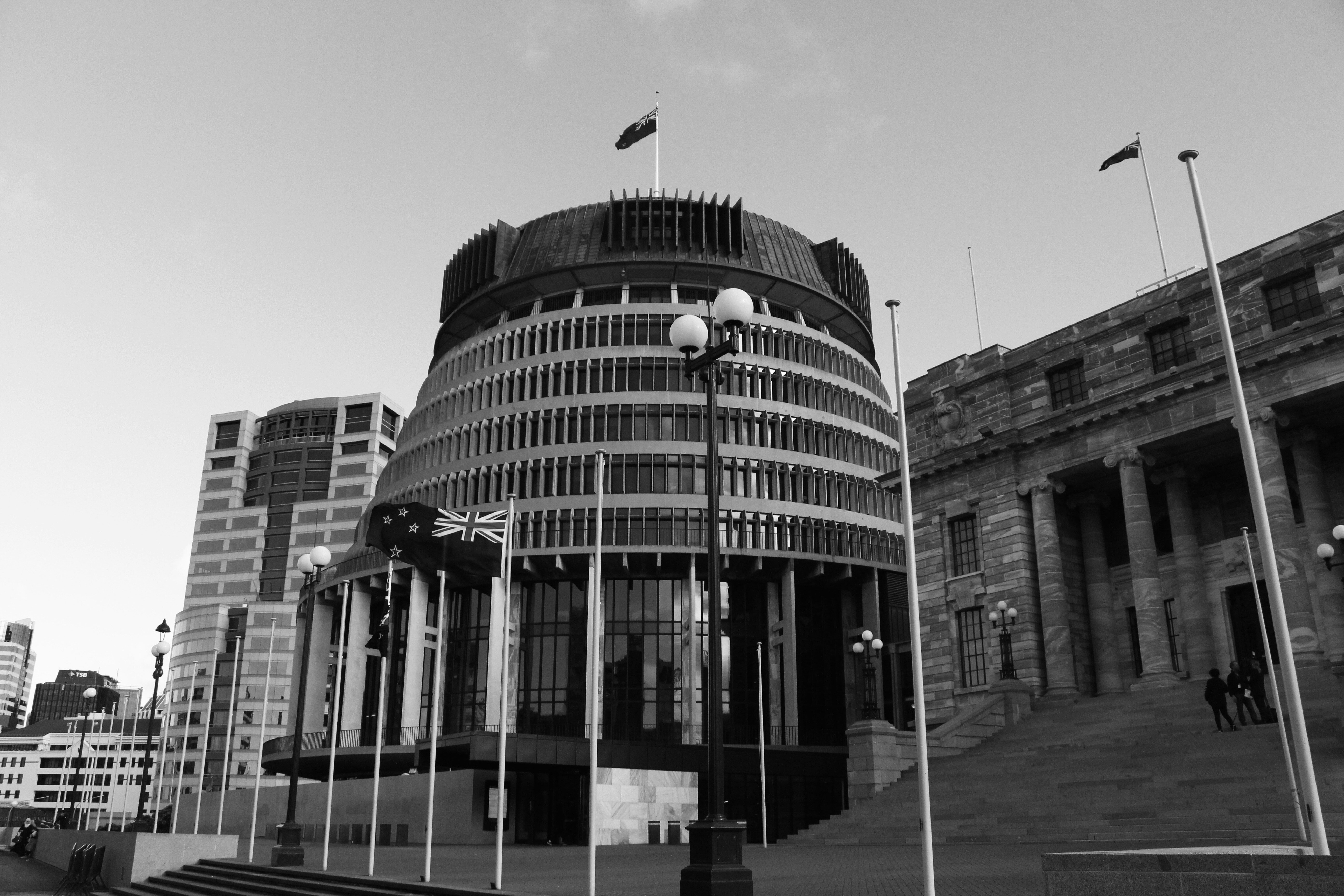by Rachel McKay
A lot can happen in 10 years. One decade ago, green building was nowhere near what it is now. The Green Star Accredited Professionals (GSAPs) who have been with us from the beginning, have had a front row seat for history.
But the thing is, not everyone has the same perspective. There are differing takes on the development of green building, and where it sits today. Here, some of our first GSAPs have shared the evolution of green building as they recall it.
One common theme these GSAPs have noticed through the years is a shift towards more holistic, quality buildings.
Don Jamieson remembers when he first started out in architecture, green building was little more than an emphasis on energy efficiency – especially passive solar design, stemming out of a major energy crisis in the 70s. Over the years it changed into thought about non-toxic materials and then “things got a lot broader with a more holistic approach to green building,” he said. This holistic shift was especially evident in architecture with the development of new technology to make sustainable outcomes more achievable.
As Ben Masters recalls, the early days seemed to be wholly consumed with thoughts of capital cost, with little consideration of comfort and quality. “It was only the rare project that ever targeted anything over and above building code minimum,” he said. Yet with the advent of Green Star and new technologies, “good practice” was redefined and the focus shifted to a more sustainable mindset.
Richard Voss describes the early phase of green building as taking an environmental engineering approach, where buildings were optimized to reduce their energy usage and improve their carbon footprint. Now with Green Star, Richard said “you’re seeing more awareness of a holistic benefit for the buildings and also really importantly with the Green Building Council, a benchmarking.” More recently, awareness has increased surrounding the benefits of green buildings on productivity in business. It’s “about benchmarking different properties against each other and looking holistically at the benefits,” he said.
“Green Star was the solution many of us got behind because it wasn't just energy or carbon but was comprehensive and included the likes of IEQ, now often referred to as wellness, and water,” said Michael Warwick as he described the early days as being filled with greenwash.
Annie Day has seen the standard of construction jump up a notch since the start. “We’re actually going the extra mile and becoming more aware of the living and working standards,” she said. This is a people-centered shift that has kept occupiers more comfortable in buildings present day.
Several of the GSAPs also highlighted the growth and uptake of green building over time, but not everyone agrees on how it actually played out.
On one hand, Jessica Eyers described the uptake as “frustratingly slow.” There was a surge in 2008, but things died off for more than five years after that. “It’s only been in the last 3 years it feels that things have been starting to pick up from where they left off,” she added.
On the other hand, Jo Monaghan believes perception surrounding green building has actually decreased. “There was a really great momentum and impetus at the start,” she said, but especially in her field in the commercial fit out world, it’s rare. According to her, most corporate fit outs aren’t interested in sustainability features.
In contrast, Craig Watkins has seen growing recognition in the industry surrounding green building. “Over the years, the consistency and the authority around greening the built environment have increased,” he commented. The industry has grown to rely on Green Star and has taken up sustainable building significantly, in Craig’s experience.
As Brendon Dwyer noticed, Green Star accreditation has been normalized as a measure of quality. “Whilst there is always plenty more we can do, taking a moment to reflect on the achievements made in our industry is important,” he says. Whereas in the past it was a source of contention, Green Star now gives tenants confidence that environmental design can be delivered in their projects. It also helps assure developers that they’re getting what they paid for through a third-party verifier.
Similarly, Alec Couchman recalled that sustainability was hit and miss in the early days. “The NZGBC brought science, evidence and rigour to the table… and made it commercially understandable,” he said. Though the process was slow and New Zealand was comparatively 10 years behind in getting certification schemes, the 3rd party certifiers “spawned a whole business” to advance sustainable building.
“Initially there were very few manufacturers and suppliers who were able to prove and document their environmental claims but that has rapidly changed,” Michael said. “Now most manufacturers have at least some of their range certified to an environmental rating and make the documentation readily accessible.”
Jerome Partington said that in the beginning, there was a low base for sustainable building and the outcome was poor. With a shifting culture came a broader range of green buildings, from offices to schools to homes and more. Also, more recent years have seen an ignition of dialogue around sustainability.
Alex Reiche remembers that the government attitude towards sustainability switched and took a step backwards. But the booming construction market lead to huge level projects, and Homestar grew. It became more normalized in the market, and as Alex said, it get’s easier as we do it more.
The GSAPs described further evolution in education and knowledge surrounding green building.
Scott Smith recalls that when he first started, flashy green features were added with little consideration to the sensibility of including them, or whether it was the best option for the building. However, now “people have aligned their investments in buildings much better with things that actually add value,” he said. “And that shift, that maturing in the industry is really great.” He pointed out a change in discussion over the last four or five years where the focus is now on outcomes rather than features. Clients are also becoming savvier, demanding more of designers and the industry as a whole. “It’s actually challenging because it’s almost like the people who started the wave of sustainability in the built environment are now in some ways having to catch up again,” he concluded.
There was an initial burst of enthusiasm as Brendon said, but following that, the industry has matured in its “understanding of core environmental issues,” as well as the drive for value and real results. With increasing market knowledge, expectations are rising parallel. For example, Green Star 5 “has become part and parcel of the A-Grade office conversation rather than an option.”
Sustainability and the built environment have become more closely intertwined over the years, and our GSAPs have helped drive that connection in the last decade and well before.
We’ve seen how green building has embraced more and more facets of the industry in a holistic shift. We’ve seen how the perception and implementation has changed. We’ve seen how education surrounding sustainable construction has grown and improved.
But overall, we’ve seen how these GSAPs are consistently working to advance sustainability in the built environment amidst a changing society.


